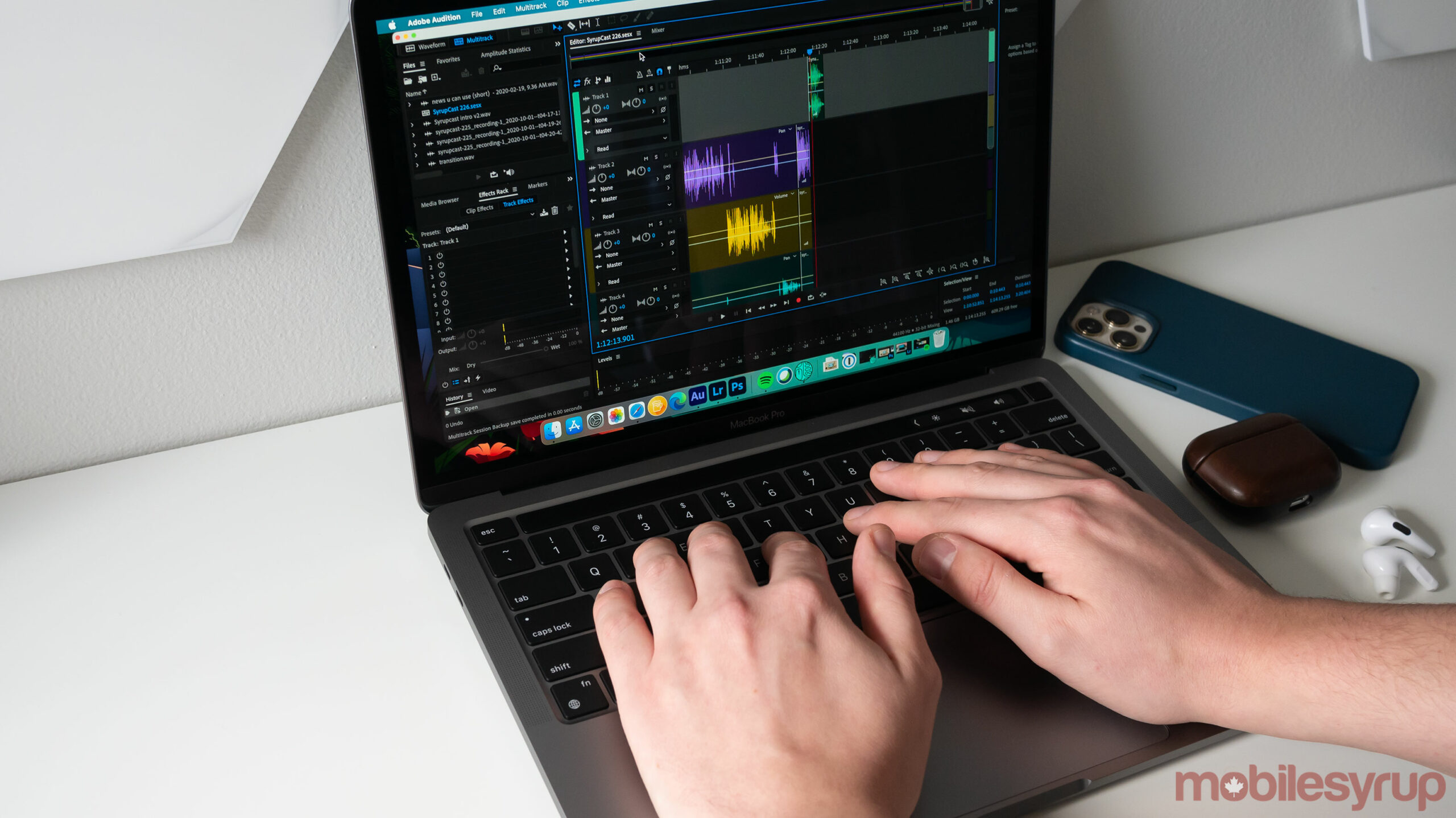
If you’re wondering how Apple’s M1-powered Macs stack up to Windows machines powered by ARM chipsets, well, you’re in luck. Some enterprising developers have gotten Windows on ARM running on M1 Macs (sort of) and it handily outperforms the Surface Pro X in benchmarks.
First, some background: last month, Apple’s vice president of software engineering, Craig Federighi, explained how Microsoft’s Windows 10 on ARM licensing strategy was preventing the OS from running on Mac computers. Specifically, Federighi said the M1 Macs have the “core technologies” for Windows on ARM to run natively, but it’s “really up to Microsoft” to make it work.
Currently, Microsoft only licenses Windows 10 for ARM processors to manufacturers making ARM-powered Windows devices. This differs from typical x86 versions of Windows 10, which anyone can purchase a copy of.
Who said Windows wouldn't run well on #AppleSilicon? It's pretty snappy here 😁. #QEMU patches for reference: https://t.co/qLQpZgBIqI pic.twitter.com/G1Usx4TcvL
— Alexander Graf – @agraf@fosstodon.org (@_AlexGraf) November 26, 2020
However, ZDNet reports that Amazon Web Services (AWS) principal engineer Alexander Graf used open-source QEMU virtualization software for Windows on ARM. QEMU emulates access to hardware such as the CPU and GPU. Graf noted in a tweet that Windows was “pretty snappy” on Apple Silicon, backing up Federighi’s statement. Graf also made his patches for QEMU available so others could get Windows 10 running on M1 Macs.
Graf also mentions that his setup can run x86 apps “pretty well,” although it’s “not as fast as Rosetta 2” on macOS Big Sur.
Windows 10 ARM64 can run x86 applications pretty well. It's not as fast as Rosetta2, but close.
— Alexander Graf – @agraf@fosstodon.org (@_AlexGraf) November 27, 2020
Virtualized Windows 10 on the M1 Mac outperforms the Surface Pro X (2020)
Another developer under Twitter handle ‘@imbushuo‘ shared links to a few GeekBench tests, including one from the QEMU virtual machine running Windows 10 for ARM on the M1 Mac. Surprisingly, the score is a fair bit higher than Microsoft’s own Surface Pro X (2020).
This year’s Surface Pro X sported the new SQ2 processor developed by Microsoft and Qualcomm, and while it did improve over last year’s SQ1, it wasn’t a huge performance increase. In our testing, the Pro X (2020) scored 799 for single-core in Geekbench and 3,137 for multi-core. Most reviewers saw similar GeekBench scores.
Apple’s M1 chip, when tested in the virtualized Windows environment, however, scored a ridiculous 1,288 in single-core and 5,449 in multi-core. It’s worth noting that since this is virtualized Windows, it’s possible that a native installation through something like Apple’s Boot Camp could improve performance.
These tests show two things clearly. The first is that the M1’s excellent performance is about more than just good software optimization in macOS Big Sur — Apple Silicon is actually really good. The other is that Qualcomm needs to step up its game with ARM chips for Windows devices. Even the high-end SQ2 the company jointly developed with Microsoft for the Surface Pro X can’t keep up with M1, let alone Qualcomm’s other Snapdragon Compute chips. As it stands, the new M1 Macs look to be the best machines for running Windows 10 on ARM available, although getting Windows 10 on ARM onto an M1 Mac remains quite tricky.
Source: Twitter (Alexander Graf and @imbushuo) Via: ZDNet, 9to5Mac, MSPowerUser
MobileSyrup may earn a commission from purchases made via our links, which helps fund the journalism we provide free on our website. These links do not influence our editorial content. Support us here.


